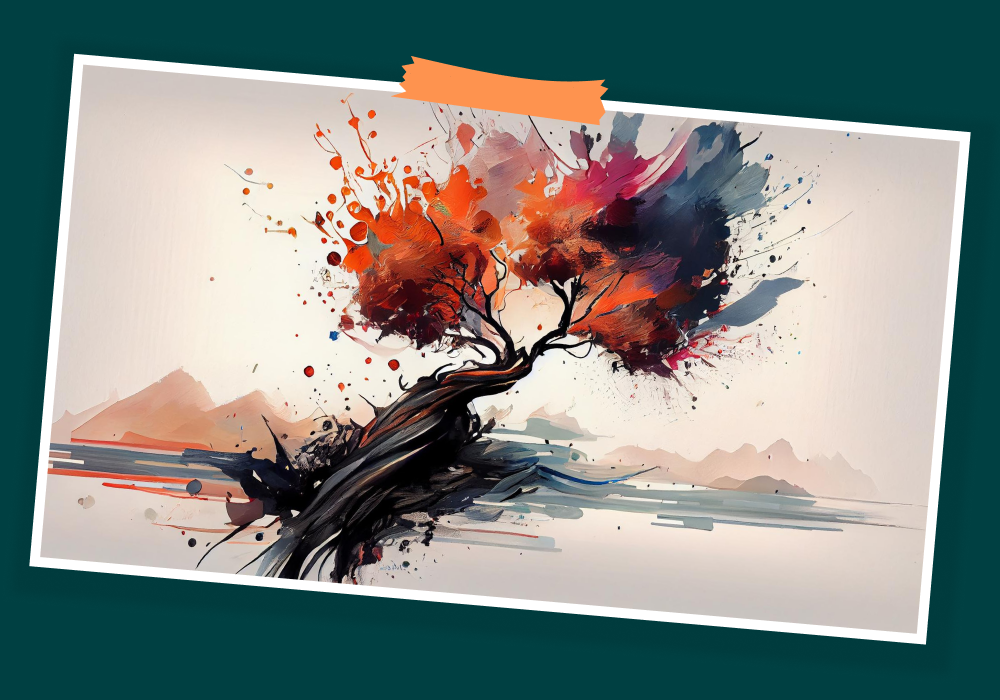Join now to start learning
Learn from our quality instructors!
Get startedThis website uses cookies to personalize content and analyse traffic in order to offer you a better experience. Cookie policy
Discover 15+ professional courses designed to elevate your fine arts skills, guided by expert tutors who provide personalized lessons. whether you’re starting out or looking to advance, our tailored approach helps you unlock your full creative potential.

Happy
Students

Experienced
Instructors

Explore a variety of fresh topics

Find the right course for you

Learn on your schedule
These are the most popular courses among listen courses learners worldwide

0
(0 Reviews)
04:47:46 Hours
3000₹
Last updated Mon, 13-Jan-2025

0
(0 Reviews)
03:17:25 Hours
1800₹
Last updated Wed, 15-Jan-2025

0
(0 Reviews)
02:49:59 Hours
1200₹
Last updated Wed, 15-Jan-2025

0
(0 Reviews)
01:42:27 Hours
1800₹
Last updated Wed, 15-Jan-2025
These are the most popular courses among listen courses learners worldwide
These are the most latest courses among listen courses learners worldwide

0
(0 Reviews)
07:26:00 Hours
6000₹
Last updated Tue, 18-Feb-2025

0
(0 Reviews)
04:11:17 Hours
1800₹
Last updated Wed, 15-Jan-2025

0
(0 Reviews)
03:13:26 Hours
2400₹
Last updated Wed, 15-Jan-2025

0
(0 Reviews)
03:00:51 Hours
1800₹
Last updated Wed, 15-Jan-2025

0
(0 Reviews)
02:30:22 Hours
1200₹
Last updated Wed, 15-Jan-2025

0
(0 Reviews)
01:42:27 Hours
1800₹
Last updated Wed, 15-Jan-2025

0
(0 Reviews)
02:49:59 Hours
1200₹
Last updated Wed, 15-Jan-2025

5
(1 Reviews)
01:16:53 Hours
1200₹
Last updated Wed, 15-Jan-2025

0
(0 Reviews)
03:17:25 Hours
1800₹
Last updated Wed, 15-Jan-2025

0
(0 Reviews)
02:30:09 Hours
1250₹
Last updated Wed, 15-Jan-2025

Study any topic, anytime. explore thousands of courses for the lowest price ever!